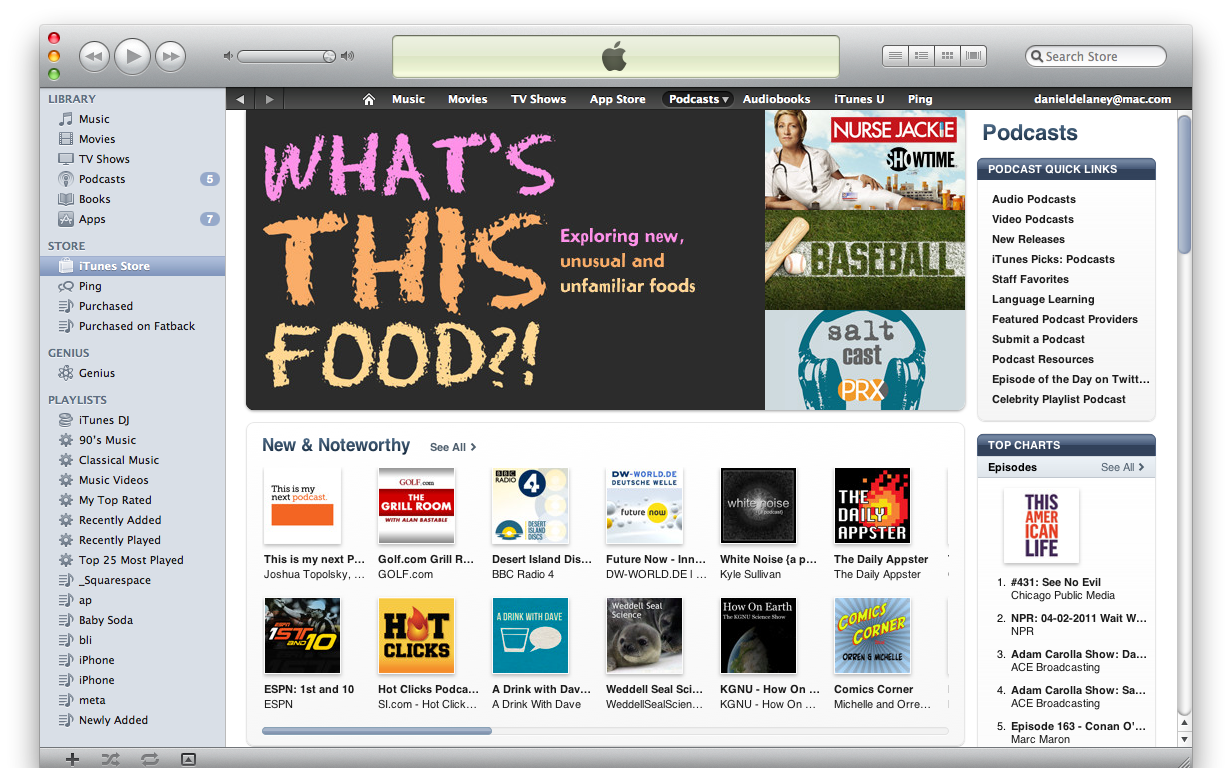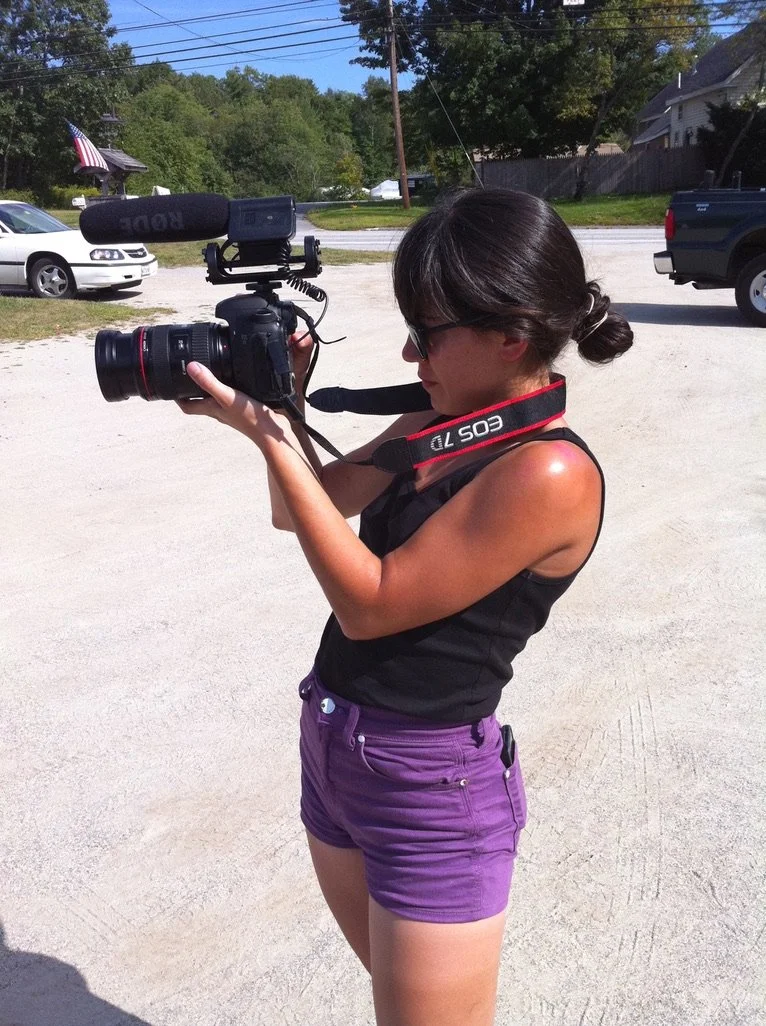Video Series: What’s This Food?!
What: Daily educational YouTube cooking show
Where: YouTube (filmed in Brooklyn, NY)
When: Launched January 1, 2011
Overview
What’s This Food?! was a daily video blog series I created to explore unfamiliar ingredients—one food per episode, every day. The idea was simple: I’d pick a food I didn’t know much about, research it, explain it on camera, and then improvise a quick recipe using it. It was part education, part cooking show, and all curiosity.
The show was born out of a few key constraints: I had just wrapped a large-format food travel series (VendorTV) and wanted a more lightweight, scalable format. I also wanted a concept that would never run out of content—and that embraced the truth that I wasn’t an expert, just a student of food, learning in public.
Performance Snapshot
Produced 200+ episodes between 2010–2011
Ranked #1 in the iTunes Food & Drink Podcast Directory multiple times during its run
Daily educational and cooking format: short-form episodes exploring a single ingredient and recipe
Monetized through a self-built ad model where sponsors bought numbered episode slots (e.g., Episode 55 = $55)
Collaborated with over a dozen small food brands and web creators
Achieved hundreds of thousands of cumulative views across YouTube, iTunes, and embedded platforms
Demonstrated the value of community-first growth and lightweight, high-volume content creation
Format
Episodes were shot daily in my Brooklyn apartment. I’d talk directly to camera from my living room couch, then shift to the kitchen to cook. Inspired by creators like Ze Frank and early Gary Vaynerchuk, the tone was casual, candid, and fast-moving—more vlog than studio production.
The show was built for search. I noticed YouTube was evolving into a discovery-first platform, and designed the show around foods people were likely to be searching for (e.g., “what is tahini,” “how to use celeriac”). It worked. Some of our most-viewed episodes were on humble ingredients that carried cultural complexity—sparking thousands of passionate, sometimes combative, comment threads.
Production
I hosted the show, wrote the episodes, and cooked the recipes. My then-partner Miko produced and filmed, and we split editing duties. We sourced ingredients daily, shot in natural light, and maintained a fast turnaround. Some episodes featured web creators and food world guests; others came directly from viewer suggestions.
Though we didn’t complete the full year, we produced over 200 episodes!
Monetization Strategy
What’s This Food? was built around an early experiment in micro-sponsorship — an approach that treated each episode as a limited, one-day advertising slot. Rather than traditional pre-roll ads, sponsors received in-episode endorsements, on-screen logo placement, and brand presence on the show’s website, synced to their sponsored date.
The pricing model was tied directly to the calendar: January 1st cost $1; December 31st cost $365. Once a date was purchased, it was gone — a playful way to blend scarcity with accessibility. The structure allowed small food brands to participate affordably, while creating urgency and collectibility for advertisers.
Sponsors could also add optional “enhancements” — such as having me wear their T-shirt or feature their product within the recipe — making each integration personal and contextually relevant.
Every spot included perpetual visibility: brand logos and URLs remained on the episode page even after airing. This created long-term value beyond the initial air date and ensured that ad presence carried across platforms — YouTube, iTunes, Vimeo, TiVo, Roku, and AppleTV.
This model made What’s This Food? one of the earliest examples of scalable, creator-driven branded content — long before influencer marketing or ad integrations were mainstream.
Community & Engagement
Audience participation was core to What’s This Food? From the beginning, the show was built as an open conversation with viewers. Each episode ended with a call for suggestions, and the comment sections quickly became a crowdsourced editorial calendar.
Fans regularly proposed ingredients, voted on upcoming topics, and even sent products for future episodes. That interaction shaped the show’s rhythm — new ideas arrived faster than we could film them.
To nurture that sense of belonging, we created merch and giveaways — branded stickers, prints, and small-batch items that extended the show beyond the screen. The community wasn’t passive; it was creative, funny, and global. It was the first real signal to me that a food brand could exist as both content and culture.
Reflections
What’s This Food?! was an exercise in speed, sustainability, and self-awareness. It proved that:
Volume matters. On YouTube, quantity helped drive visibility and SEO.
Audience matters more. Our early sponsors helped market the show and keep us accountable.
Imperfect is fine. Launching beats waiting. Making something daily builds skill, presence, and community.
Format is a strategy. Educational content met people where they were already searching—and met a need that platforms were just starting to reward.
More than a food show, What’s This Food?! was an experiment in building media sustainably—quickly, creatively, and with clarity about what mattered.











